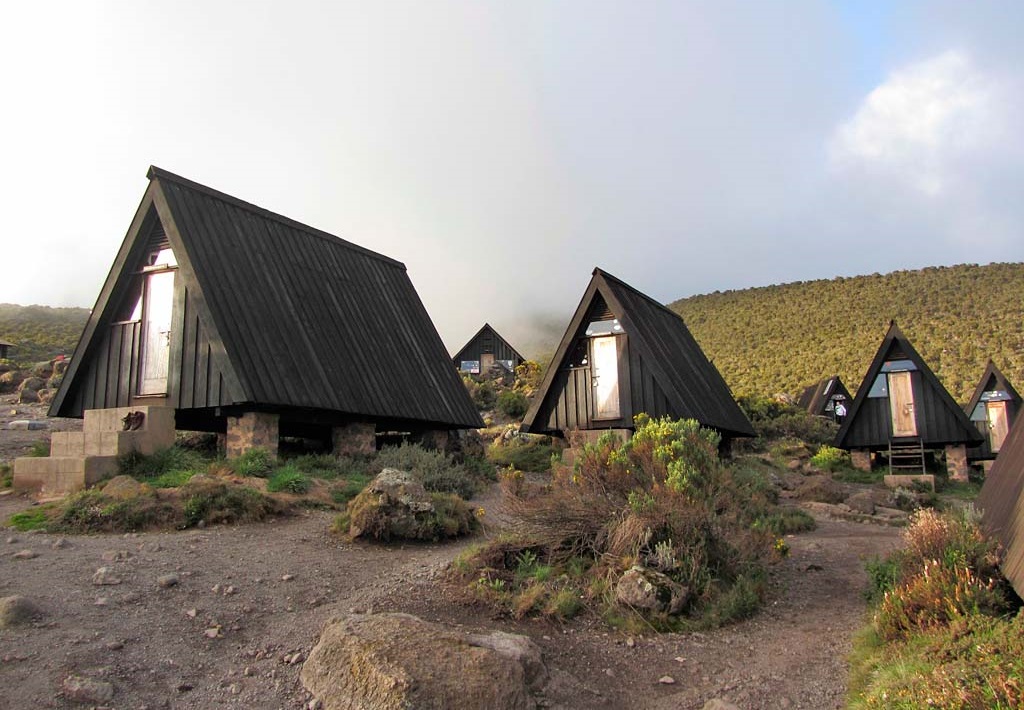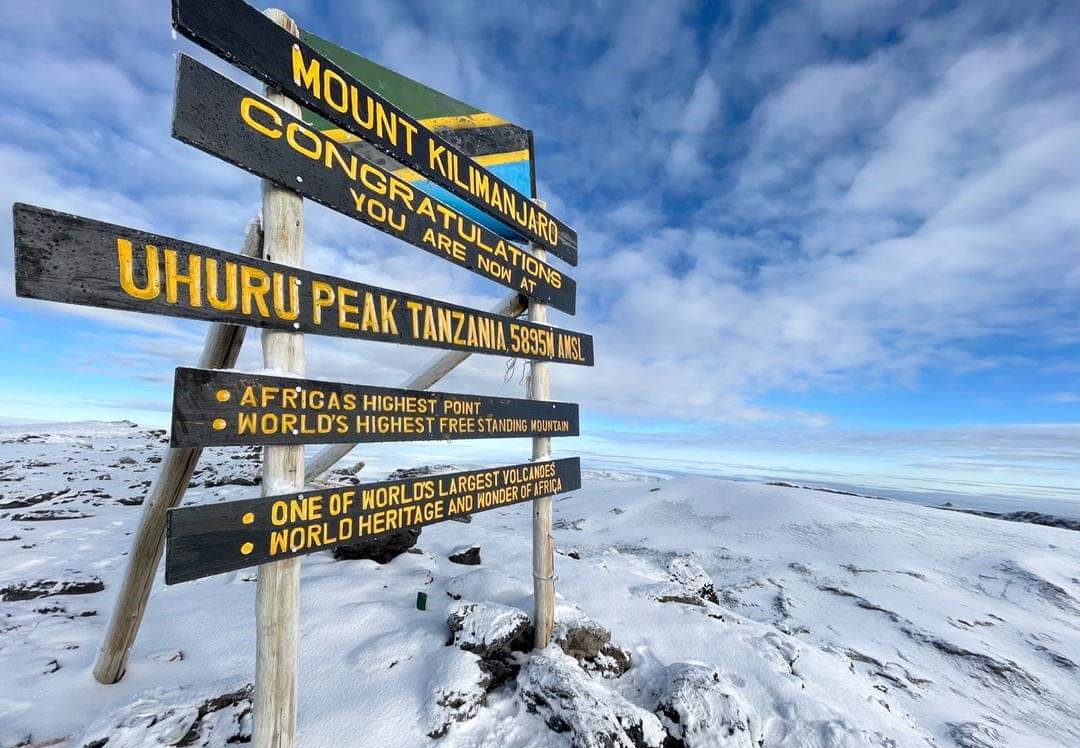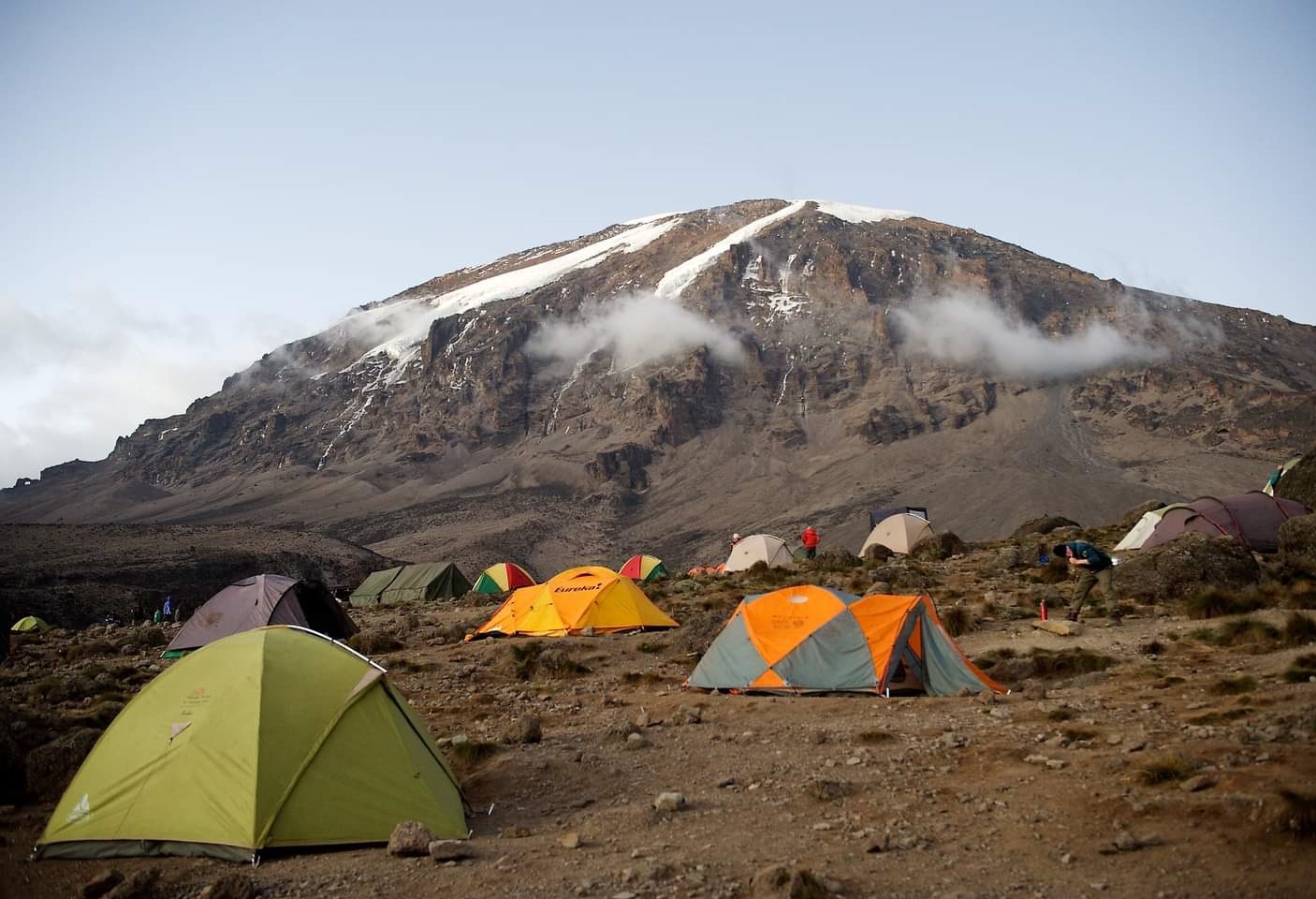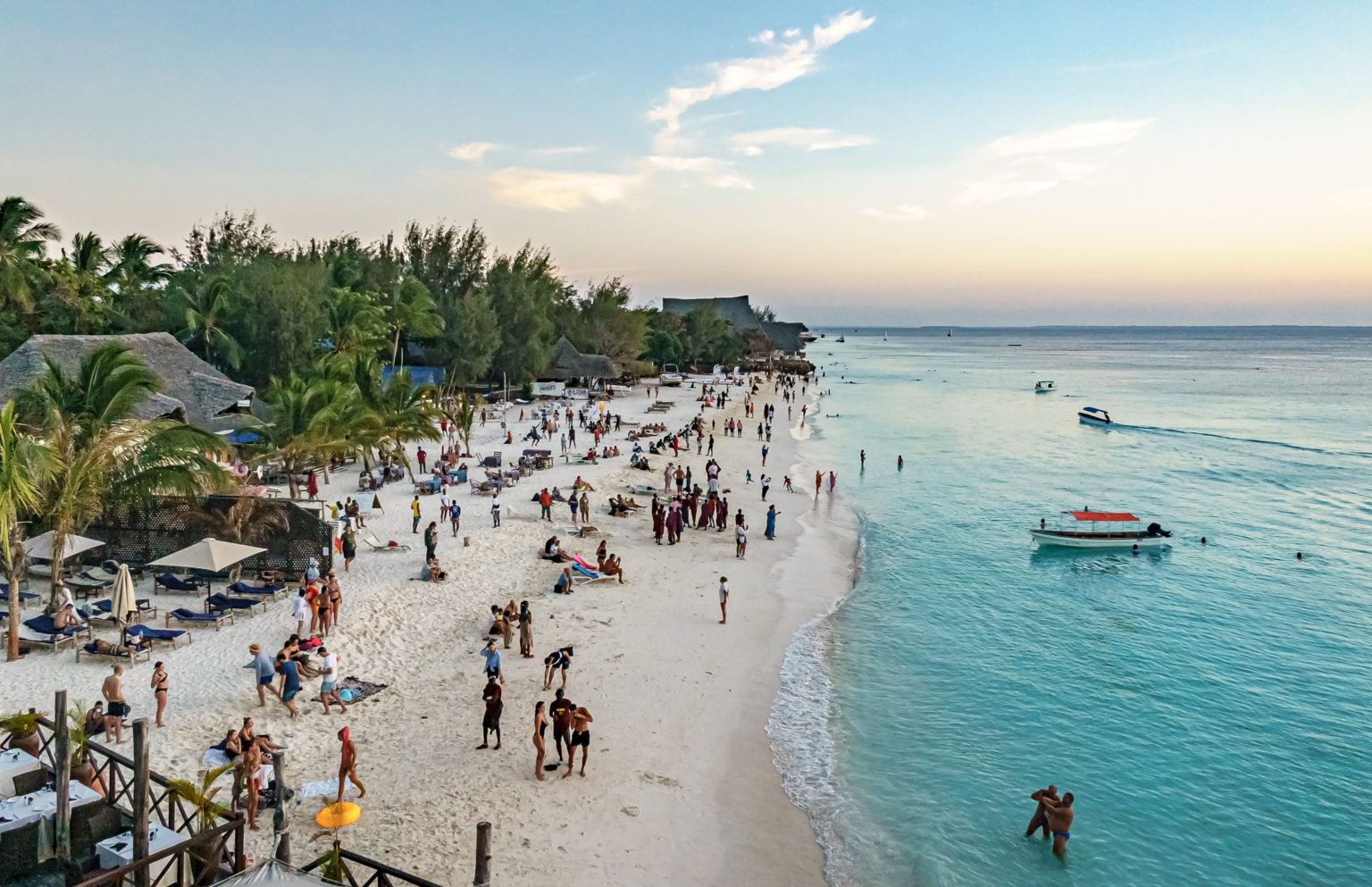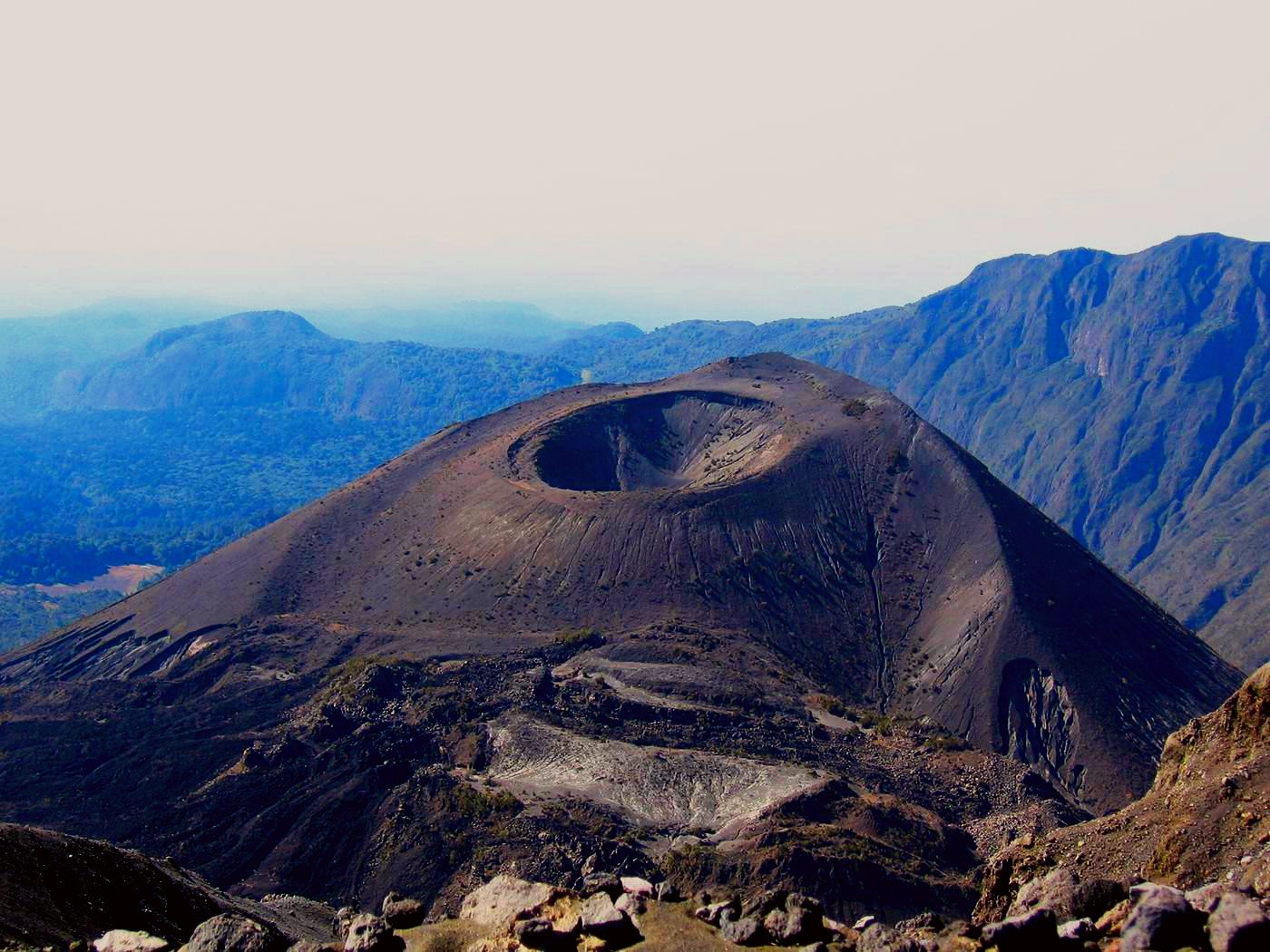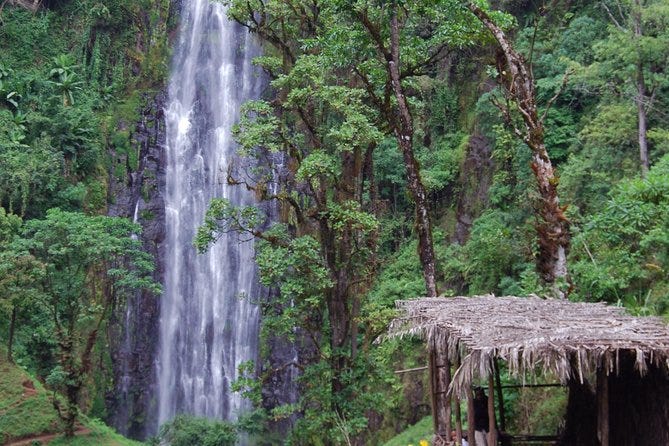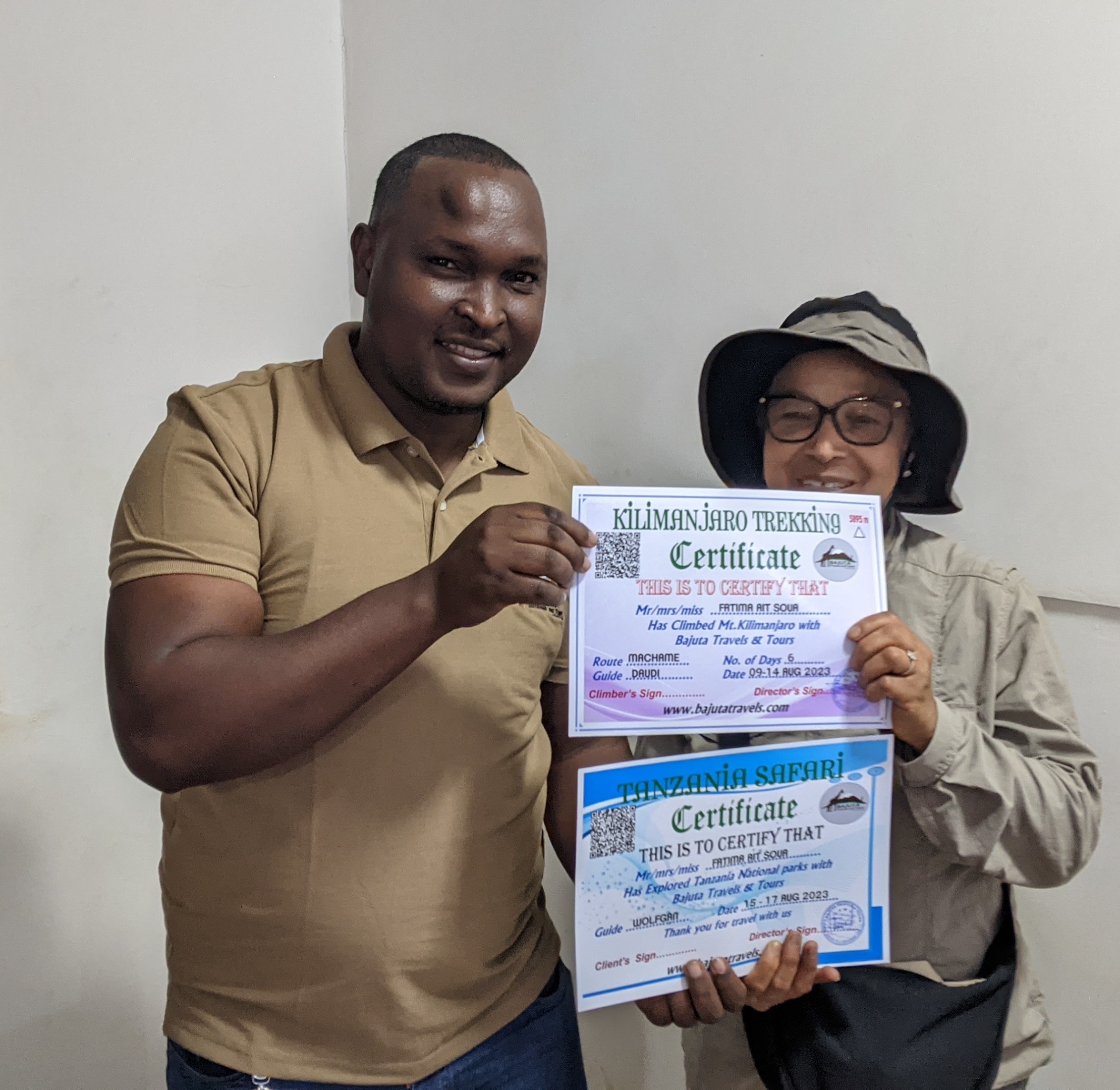KILIMANJARO HIKING EQUIPMENTS & GEARS
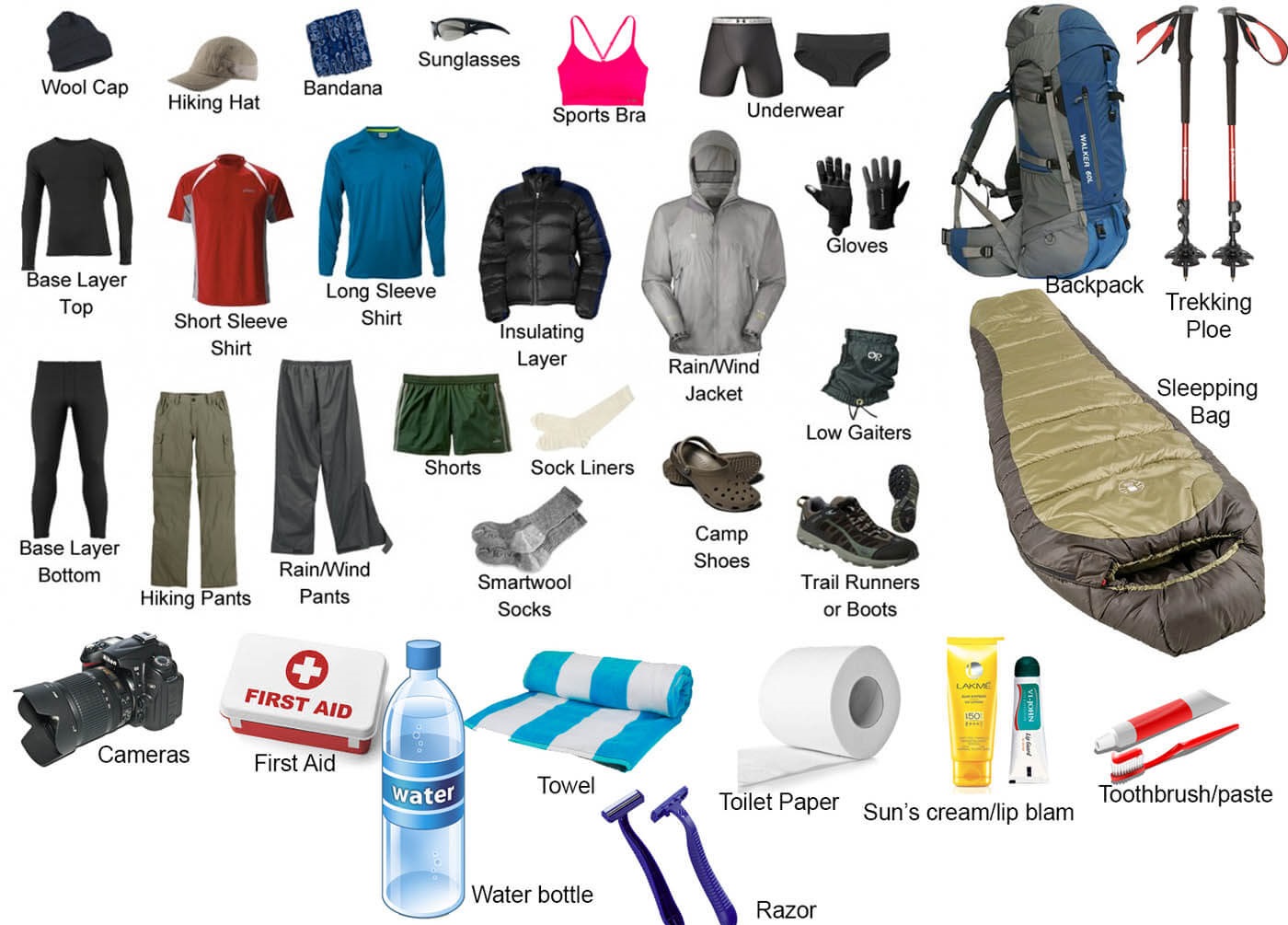
Overview
Currently you’ve made the decision to climb the roof of Africa, it’s time to prepare yourself with Proper Climb Kilimanjaro guide. We know that planning a Kilimanjaro Gear List can be a daunting task, so we’ve made it for you by putting together a wide-ranging packing guide that you can follow! If you pack everything as per our Kilimanjaro Gear List, you can rest assured that you’ll be fine on your Climbing Mount Kilimanjaro.
Our Carefully Designed Kilimanjaro Gear List Which Helps Achieve Highest Success Rate On Mt Kilimanjaro Is A Must For Every Climber
Everyday on the mountain will be different and the weather can change anytime. All our climbs start in a hot, tropical rain forest zone that will turn into a rough, dry area before reaching the arctic zone with temperatures below -25 °C (-13 °F). Beside preparing yourself physically and mentally, having the right equipment is essential for your success!
Tanzania Horizon Safaris will assist you to choose the right gear for your climb as we have helped thousands of successful climbers before. We have prepared a Gear List for you that will show you all that you need from the Park Gates, all the way to Uhuru Peak at 5.895m.
Follow this simple rule: Dress in layers!
Mount Kilimanjaro has 5 climate zones. The key to success is to be prepared for the changing environments that you will be facing. Therefore you will need the right gear. In order to be flexible and fast enough to adapt to changes, it is important to dress accordingly. The easiest way to do that is to divide your gear into layers that are easy to add or to remove. Your gear can be divided into three layers: a base layer, a mid-layer and an outer layer.
Base layer: Underwear, Tshirt (fast drying = no cotton), socks
Mid-layer: Trekking Jacket, Trekking Trouser, Fleece Jacket
Outer Layer: Rain Jacket, Rain Trouser, Winter Jacket, Winter Trouser, Hat, Gloves
Your Kilimanjaro Gear will contain 2 separate bags:
Your Daypack
In your Daypack you will only carry items that you need to reach the next camp and should not exceed 10kg (20lbs). You will have to carry the Daypack by yourself during the entire climb. A regular backpack, with a capacity of about 30 to 35 liters is the maximum that you should carry with you. Every day will be different, so the items in your Daypack will change according to the expected climate and weather conditions.
A Daypack contains:
Water bottles/Water bladder (total: 4 liters), snacks, gloves, hat, sunglasses, sun screen, rain jacket, walking poles, lip balm. Our guides will tell you every morning what conditions you will face and how to prepare your Daypack.
Your Duffel Bag
In your Duffel Bag you will have to place all items that you need, but not during daytime. That means your sleeping bag, sleeping mattress, additional clothes, soap, extra pair of shoes and other items. The Duffel Bag will be carried by our porters for you from camp to camp. The maximum weight for a full Duffel Bag is limited to 90 liters / 15kg and will be checked before climbing. You should use plastic bags (dry bags) to organize your items inside your Duffel Bag to keep your gear dry and clean.
We highly recommend that you carry-on all important items such as prescription medication, camera equipment, essential toiletries (please keep in mind that many airlines have liquid restrictions) and one or two changes of clothes in case your luggage arrives late or gets lost at the airport. Tanzania Horizon Safaris cannot be held reliable for any loss, damage or delay of your luggage as this is subject to the airline that you are arriving with from your home country.
All gear can be rented on arrival in Moshi so that you don’t have to carry all items in your luggage!
The Kilimanjaro Climbing Gear List:
Technical Clothing
1 – Rain jacket, breathable with hood1 – Winter Jacket, synthetic or down
1 – Trekking Jacket, fleece or soft-shell
2 – Short Sleeve Shirt, light-weight, moisture-wicking fabric, quick-dry
1 – Long Sleeve Shirt, light-weight, moisture-wicking fabric, quick-dry
1 – Rain trouser, breathable
1 – Rain poncho
1 – Hiking Trouser
1 – Fleece Pants (optional: for cold protection)
3 – Underwear, moisture-wicking fabric recommended
1 – Sport Bra (women)
1 – Shorts (optional)
Headwear
1 – Brimmed Hat, for sun protection1 – Winter Hat
1 – Balaclava (optional, recommended, effective against wind, cold & dust)
Handwear
1 – Gloves, thin liner1 – Winter Gloves, warm (waterproof recommended)
Footwear
1 – Hiking Boots, warm, waterproof, broken-in4 – Socks, wool or synthetic
1 – Gym Shoes, to wear at camp (optional)
1 – Gaiters, waterproof (optional)
Accessories
1 – Sunglasses or Goggles2 – Water Bottle (1 Liter each)
1 – Water Bladder (2 Liter)
1 – Towel, lightweight, quick-dry (optional)
1 – Pee Bottle, to avoid leaving tent at night (optional)
3 – Dry Bags (reusable plastic bags, various sizes, to keep gear dry and separate (optional)
1 – Backpack Cover, waterproof (optional, ideally part of your daypack)
Additional Equipment
1 – Head Lamp, with extra batteries1 – Duffel Bag, 90-120L capacity, for porters to carry your equipment (Maximum 15kg)
1 – Daypack, 30-36L capacity, for you to carry your personal gear (10 kg)
1 – Sleeping Bag, warm, four seasons
1 – sleeping bag inlay (optional: in case you are likely to feel cold)
1 – Camp Pillow, inflatable (optional)
1 – Trekking Poles, collapsible (highly recommended)
Other items:
Sunscreen (30 or 50, highly recommended)Lip Balm (highly recommended)
Snacks, light-weight, high calorie, high energy (highly recommended)
Wet Wipes (recommended)
Insect Repellent, containing DEET (optional)
Electrolytes, powder or tablets (optional)
Camera, with extra batteries (optional)
Toiletries (optional)
Prescriptions (optional)
Personal First Aid Kit (optional)
Hand Sanitizer (optional)
Toilet Paper (optional)
Paperwork & Documents:
Trip ReceiptPassport
Visa (for most visitors available on arrival at the airport)
Immunization Papers
Travel Insurance (valid for the altitude of Kilimanjaro)
